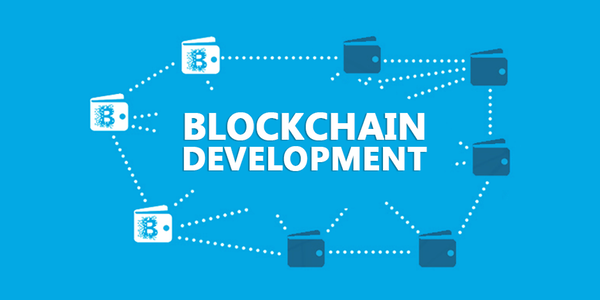In this digital era where crimes and fraudulent activities are prevalent, digital KYC has become a need of the moment to track and handle high risk transactions.
The true asset of every business is its customers. They have the option to expand the company or destroy it. Businesses check out the clients they plan to work with. KYC is used to confirm a client’s identity and ensure they are not connected to any financial crimes.
Frauds are dramatically rising in this age of digitalization. The following requirements must be met by the financial industry and all other industries in order to comply with international KYC due diligence standards and avoid incurring penalties.
Assessment of Risks
High risk transactions monitoring system then keeps track of the user and performs a risk assessment check. The providers of KYT solutions locate the corresponding risks in user transactions through the transaction system. The user’s choice of transaction type and the amount of money transacted. The motivation behind the transaction and the time spent completing it are all taken into account when calculating risk. The high risk transactions monitoring system takes into account every factor with complete details.
1- Customer Identification Program for Clients High Risk Transactions
The customer due diligence procedure, which necessitates that firms ask customers for their identifying information, includes a crucial component called the customer identification program. Its objective is to verify a client’s identity who wishes to transfer money to a certain bank. Financial firms were forced to establish and incorporate customer identification processes into their privacy policies in 2003 to comply with anti-money laundering requirements.
Every organization has a different CIP approach depending on its size and type. As a result, additional paperwork could be needed for authentication. Banks usually seek two types of identification: passports and driving licenses.
Whatever documentation or information is needed to prove the legitimacy of a person or business, it is done so that high-risk clients and fictitious clients can be distinguished from the real ones.
2- Customer Due Diligence for High-Risk Customers
Banks conduct a variety of client identification processes as part of their customer due diligence. It is crucial for secure client onboarding because it foresees potential risks that may arise from some customers. One of the main goals of due diligence financial services is to examine customer behavior and forecast of high risk transactions patterns. Those clients have shown a strong propensity to follow. Digital identity authentication can be very helpful in a legal environment that is constantly changing. It aids businesses in spotting suspicious behavior and classifying customers in accordance with their risk profiles to identify potential threats. This is how organizations defend themselves against sophisticated fraud.
Institutions are free to use any tools and equipment they choose because the regulatory bodies have not established any specific standards to perform CDD. During the application process, many businesses request a ton of information. That includes past financial statements, pay slips, banking references, and cash flow information, among other things. The purpose of this data is to investigate the client’s history and behavior to anticipate potential risks that may be connected to the client.
As a result of FinCEN’s stringent requirement that banking institutions report any potentially dangerous or suspicious behavior right away. The business won’t be able to do it successfully until it has a thorough understanding of the behavior and background of its customers.
3- Enhanced Due Diligence for High-Risk Clients
The EDD method mainly entails checking people to make sure they aren’t on any PEP lists or wanted lists. One of the core components of an EDD method is handling and monitoring high risk transactions.
Enhanced Due Diligence (EDD) is the most recent and thorough version of e-KYC that examines high risk transactions circulations. Following customer due diligence, clients with high-risk profiles are more likely to engage in financial crimes. Such as, terror financing and money laundering, to further their illegal objectives. To prevent any fraudulent activity, such profiles must be continuously monitored. Additionally, it shields companies from paying hefty fines for failing to comply with international customer due diligence standards.
Final Thoughts
To identify and deal with high risk transactions of customers who pose a variety of risks to organizations. These e-KYC solutions need to incorporate machine learning. Due to these customers, companies may be subject to hefty fines or business owners may even lose their operations. Digital KYC streamlines identity verification for a company operating online, which is essential to this industry. Additionally, it aids businesses in adhering to KYC compliance and shields them from costly fines and penalties. Smartphone authentication systems can be very useful to protect the company from any fraudulent activities in a constantly changing environment.
















